One of the best ways to save money on organic food is to grow your own. Gardening is a great way to save money on your grocery bill. In addition, backyard gardening also offers the added benefit of exercise. Lugging bags of soil around, tilling up the ground, and weeding your garden beds works out muscles you probably don’t use very often. Preparing your spring garden early is incredibly important. I thought I’d share a few gardening tips that might help you succeed this spring.
Posts feature partner companies & may be sponsored. Post contains affiliate links & I will be compensated if you make a purchase after clicking on links. As an Amazon Associate I earn from qualifying purchases.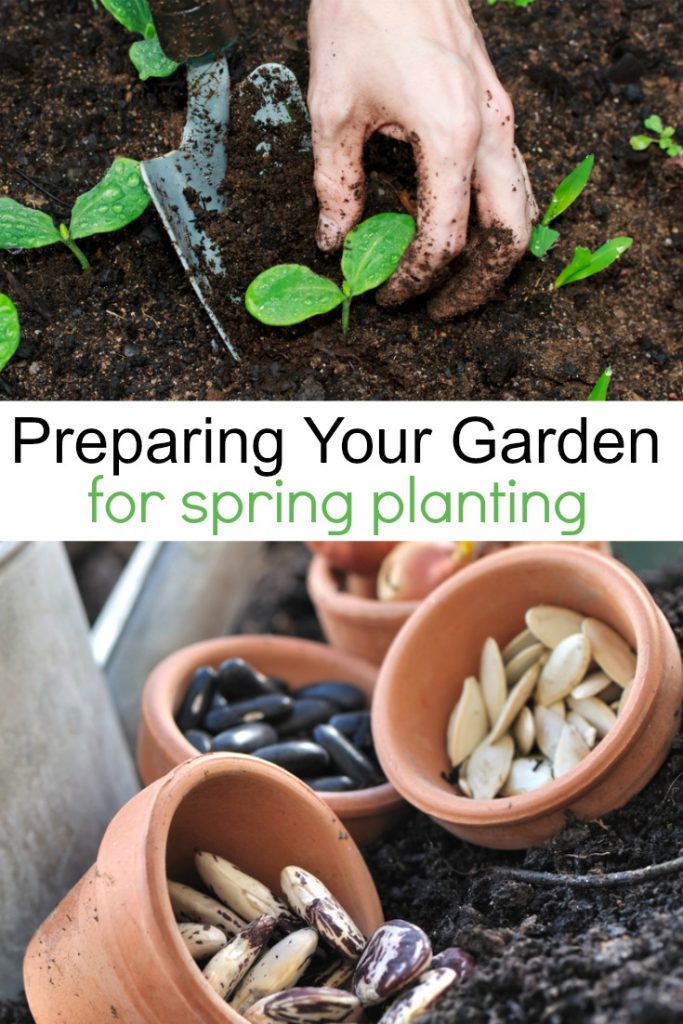
Table of Contents
When should I start my garden in the spring?
Before you start preparing your spring garden, you need to decide WHEN you need to start planting your garden. To do this, you need to realize that this date depends on where you live. Check out the Farmer’s Almanac for the last frost date for your region. Keep in mind that low areas of your yard may stay colder longer. The same goes for very shady areas that don’t get morning sun. About a month before planting, clean up your garden area and tools so everything is ready to go as soon as it’s time to start working the soil. Spring soil preparation is key to a healthy garden.
✯Don’t want to miss the next post?✯ Follow Turning the Clock Back on Facebook | Twitter | Pinterest Or join the private Facebook group for simple tips on going green!
Essential Gardening Supplies to Buy Now
In order to start preparing your garden for spring, you need to invest in a few garden supplies. Here are a few that I find essential:
- Shovel: You will need a small hand held shovel as well as a larger one for turning the soil in large garden beds.
- 3-tine cultivator (also known as a garden fork) This will help break up and aerate the soil.
- Wheelbarrow: Moving bags of dirt around the yard is hard work. Roll them instead of carrying them.
- Hose: You will need to keep your spring garden well watered. Use a watering can for small pots.
- Organic garden food: Add an organic soil supplement to the soil about 6 weeks before you put your plants in.
- Natural Pesticides: Organic gardening is tough, especially here in the south. I use a few natural products like Neem oil and diatomaceous earth to control pests. Check out my post about how to use diatomaceous earth safely before you use it.
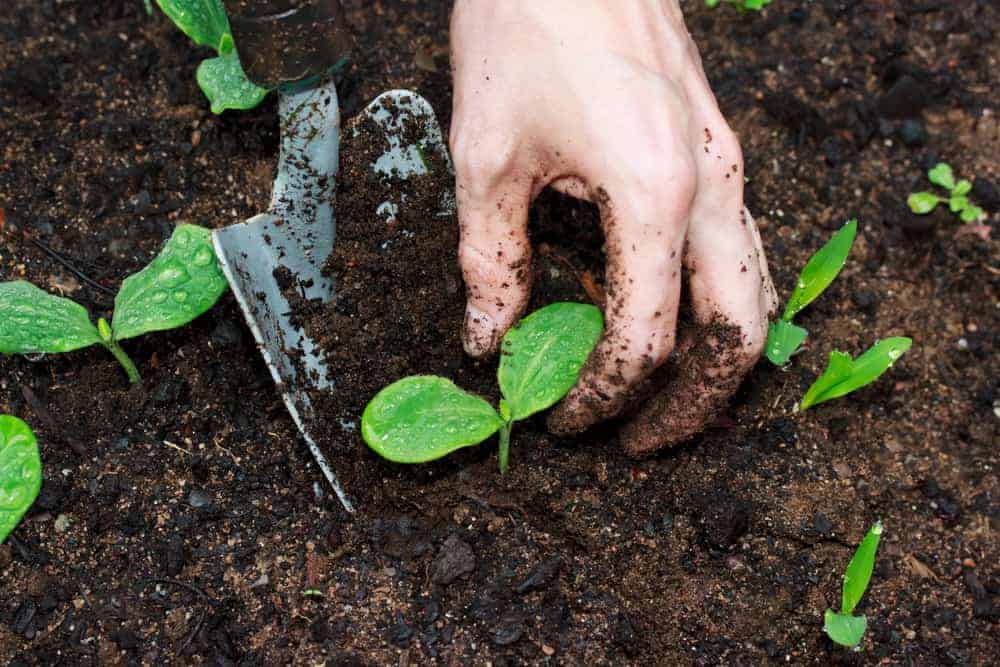
What vegetables can be planted in early spring?
Spring vegetable gardening is easier than summer gardening, if you ask me! You have fewer concerns about drought and pest control, although you need to watch the weather to protect your spring garden from frost. Wondering what vegetables can be planted in early spring? Try a few of these:
- Snow Peas: Snow peas are cold-weather veggies best planted the moment the soil can be worked every spring.
- Lettuce: Lettuce is among the easiest early spring veggie to plant. Just make sure you protect if from frost as it will die if it freezes.
- Kale: Kale is not only nutritious but also very cold hardy. It will produce edible leaves just a month after planting.
- Radishes: Ready to harvest in just three to five weeks, radishes are easy to grow but must be started early in spring.
- Broccoli: Broccoli takes a long time to grow. As a result, it is best grown from starter plants purchased at your local nursery. You could also start the seeds indoors, under grow lights, about 6 weeks before planting.

Tips For Preparing Your Spring Garden Beds
Every plant has a distinct season in which it grows best. While you can certainly grow food in November, there is a reason tomatoes go on sale in July and you find great deals on apples in the fall. Many plants prefer the cool nights and mild days of early spring. Some plants can even withstand a light frost. However, before you start planting, you need to do a little bit of work. Decide what you want to grow and where. Here are some things to keep in mind.
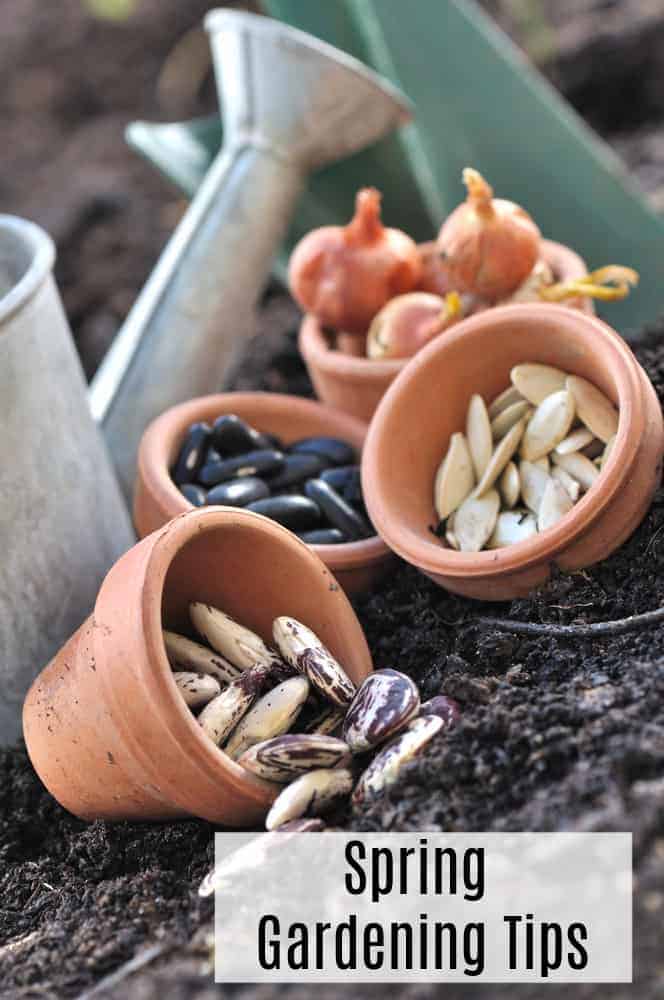
Give your plants a good home:
Preparing your spring garden is going to take some effort. Nobody just goes out in the yard, digs a hole, sticks a plant in and gets good results. If you don’t already have a garden bed, putting in a raised bed is perfect for early spring plants. The soil warms up faster than if you were to plant at ground level. You can buy a raised garden bed kit or put together a simple raised bed from untreated lumber, brick, stones, or cinder blocks. Fill the bed with good garden soil and compost at least six to eight inches deep. Spring soil preparation is vital for an abundant crop.
More Garden Tips to Read:
- Tips for a Healthy and Productive Spring Garden
- Square Foot Gardening Tips for Maximum Yield
- Indoor Seed Starting Tips for Home Gardening

Do a little sprucing up:
If you already have a garden bed, now is the time to starting cleaning it up. Winter snow and rain can wreak havoc on wooden beams and cause shifting of stone and metal supports. Make sure your hardware is securely holding everything together and replace any rotten wood as needed. Pull any weeds that may have sprung up over the winter as well. Raised beds will need different attention than an in ground garden. Learn how to prepare raised beds for spring planting at CleanAirGardening.com.
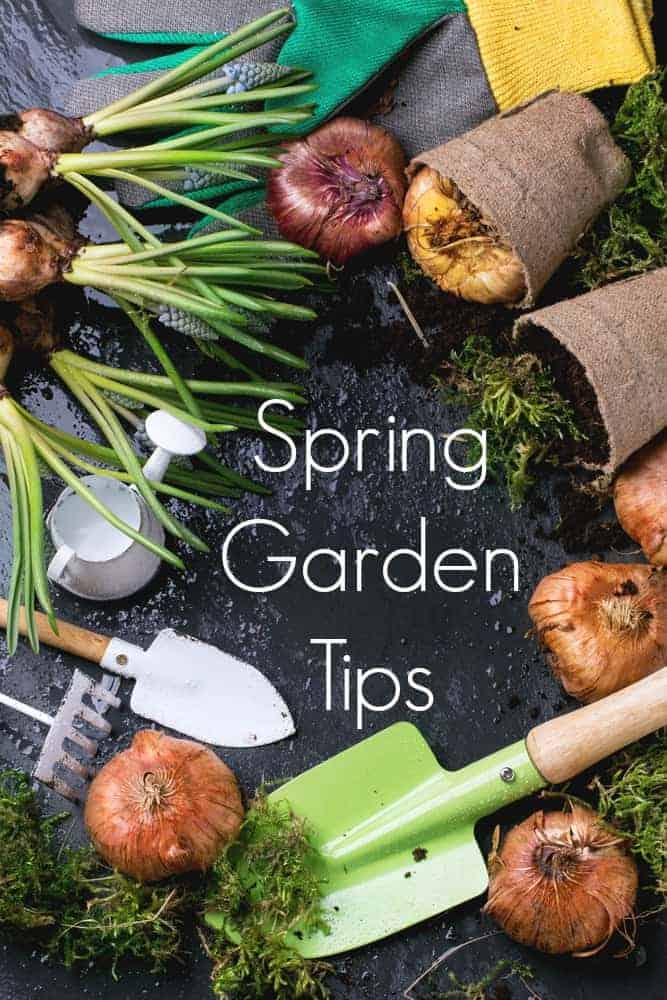
Have a plan:
In order to start preparing your spring garden, take a paper and pencil out to your garden and take notes. Map out how much space you have and a get a general idea of how much sun each area gets. If you head out two or three times during the day you can get a general idea of the amount sunlight your plants will get. You can use a sunlight monitor if you want exact numbers. Keep tract of all of your information in a garden journal so you don’t have to do the same tests every year.

Do some research:
If you try and plant watermelons in March you are going to be disappointed. Good plants for cool weather are cabbage, kale, beets, broccoli, garlic, onions, carrots, peas, rhubarb, parsnips and turnips. Be prepared if the weather gets bad after you plant by cutting the bottoms out of clear milk cartons and placing them over the plants for protection. You can also invest in large squares of clear plastic to put over your garden bed to protect from a hard freeze.

Sow your seeds:
If you want to start plants from seeds, you will need to start them indoors, well in advance of when you want to put the plant outside. Make sure you read the planting instructions for each one. You can find seed starting supplies like grow lights and small peat pots at many garden centers. Some plants do not transplant well. I find that cucumbers prefer to be started right in the ground rather than being transplanted. Do a bit of research before planting seeds indoors.

Where to Buy Garden Seeds:
You can look for the best garden seeds near you in places like Home Depot or your local hardware store. However, many times, you will need to search through seed catalogs to find a wide variety of garden seeds. Make sure you look for plant varieties that thrive in your region. Some are more drought tolerant or will grow in colder climates.
Seed Catalog List
- Park Seed Great selection of both flower and vegetable seeds, and some great herbs as well.
- Burpee Seeds Burpee has very colorful catalogs, and a wide selection of seeds.
- Annie’s Heirloom Seeds Annie’s has over 600 varieties of Non-GMO, organic heirloom seeds.
- Pinetree Garden Seeds They specialize in smaller packets for the average home gardener, at smaller prices.
- Renee’s Garden Seeds A trusted supplier of seeds for organic and heirloom varieties.
- Seed Savers Exchange Seed savers is a non profit company that is a wonderful source of information on heirloom and open pollinated seed
Get your kids to help you start preparing your spring garden. Not only is organic gardening good for your health and the health of our planet but it is a great way to get kids interested in nature. You will be surprised what kids will eat when they grow it themselves! My son loves lima beans to this day because his preschool teacher helped him grow some in class!
Have any other tips for preparing your spring garden?

Diane is a professional blogger and nationally certified pharmacy technician at Good Pill Pharmacy. She earned her BS in Microbiology at the University of New Hampshire and has worked in cancer research, academics, and biotechnology. Concern over the growing incidence of human disease and the birth of her children led her to begin living a more natural life. She quickly realized that the information she was learning along the way could be beneficial to many others and started blogging and freelance writing to share this knowledge with others. Learn more about her HERE.

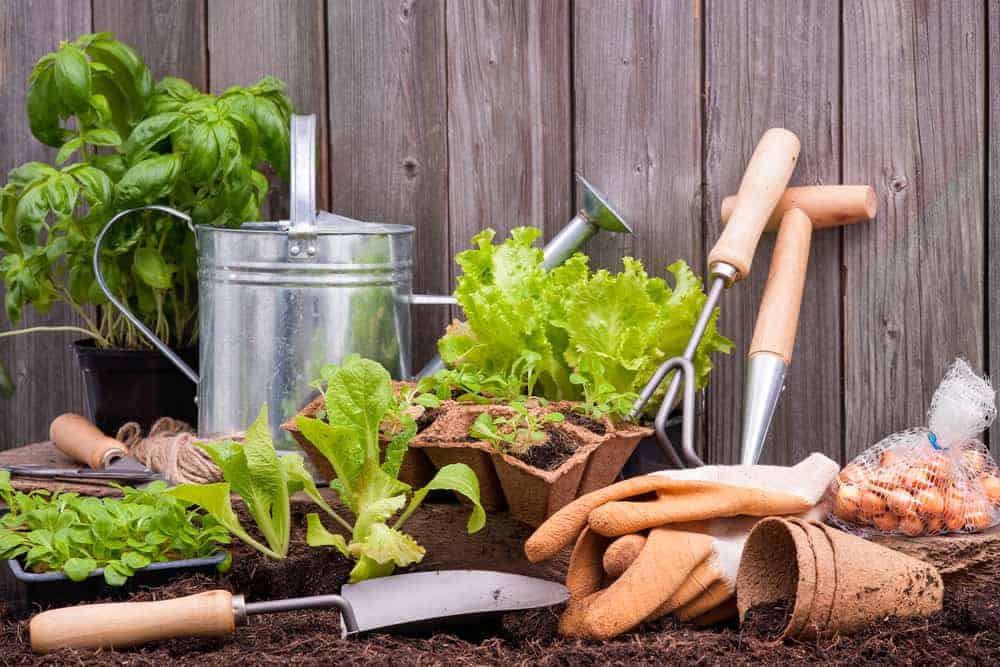
What are you planting first? I am so excited to experiment with a raised bed this year. My dad and husband built it for me a couple weekends ago. I am going to try radishes, spinach, two types of kale, zucchini and squash. And a bunch of herbs.